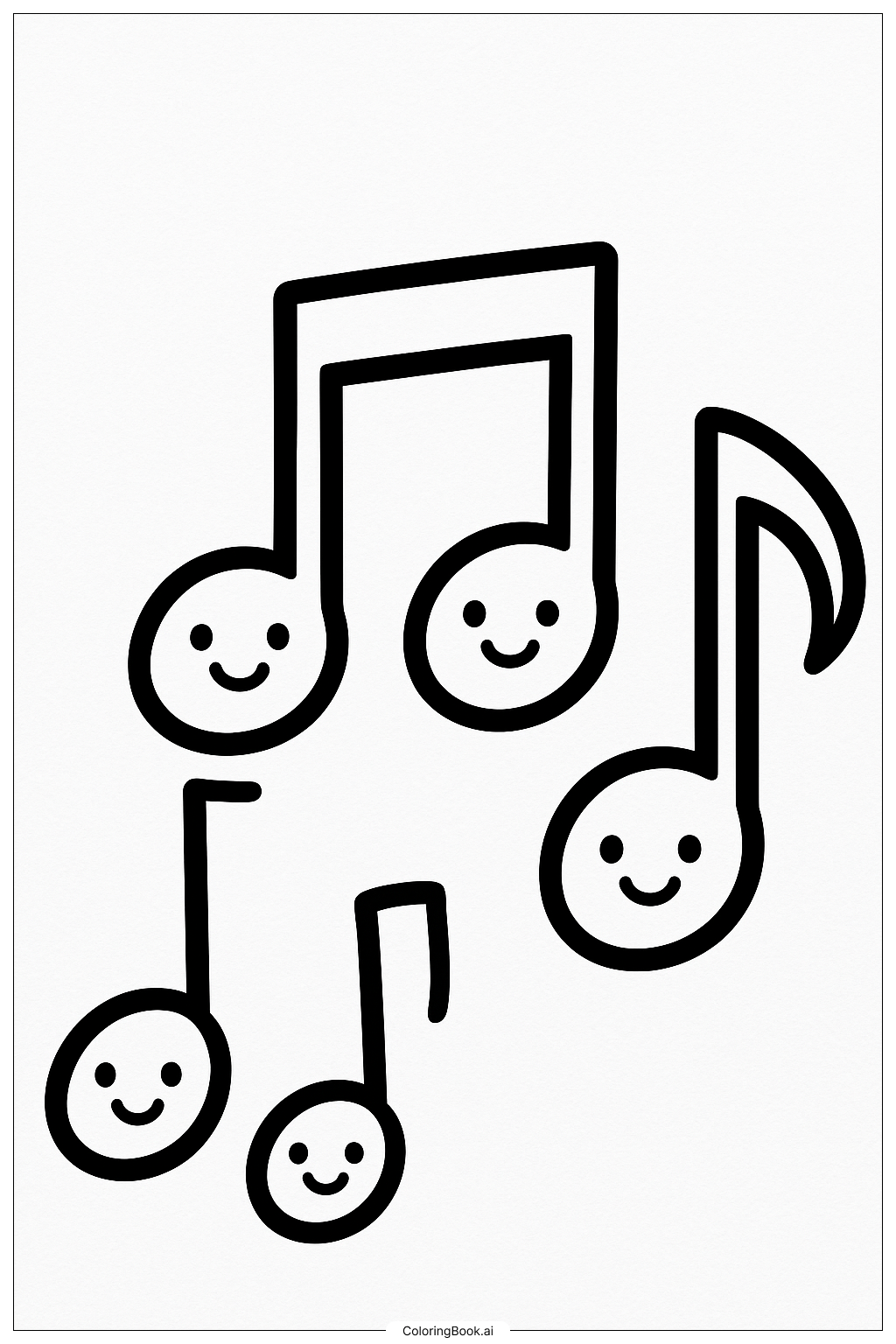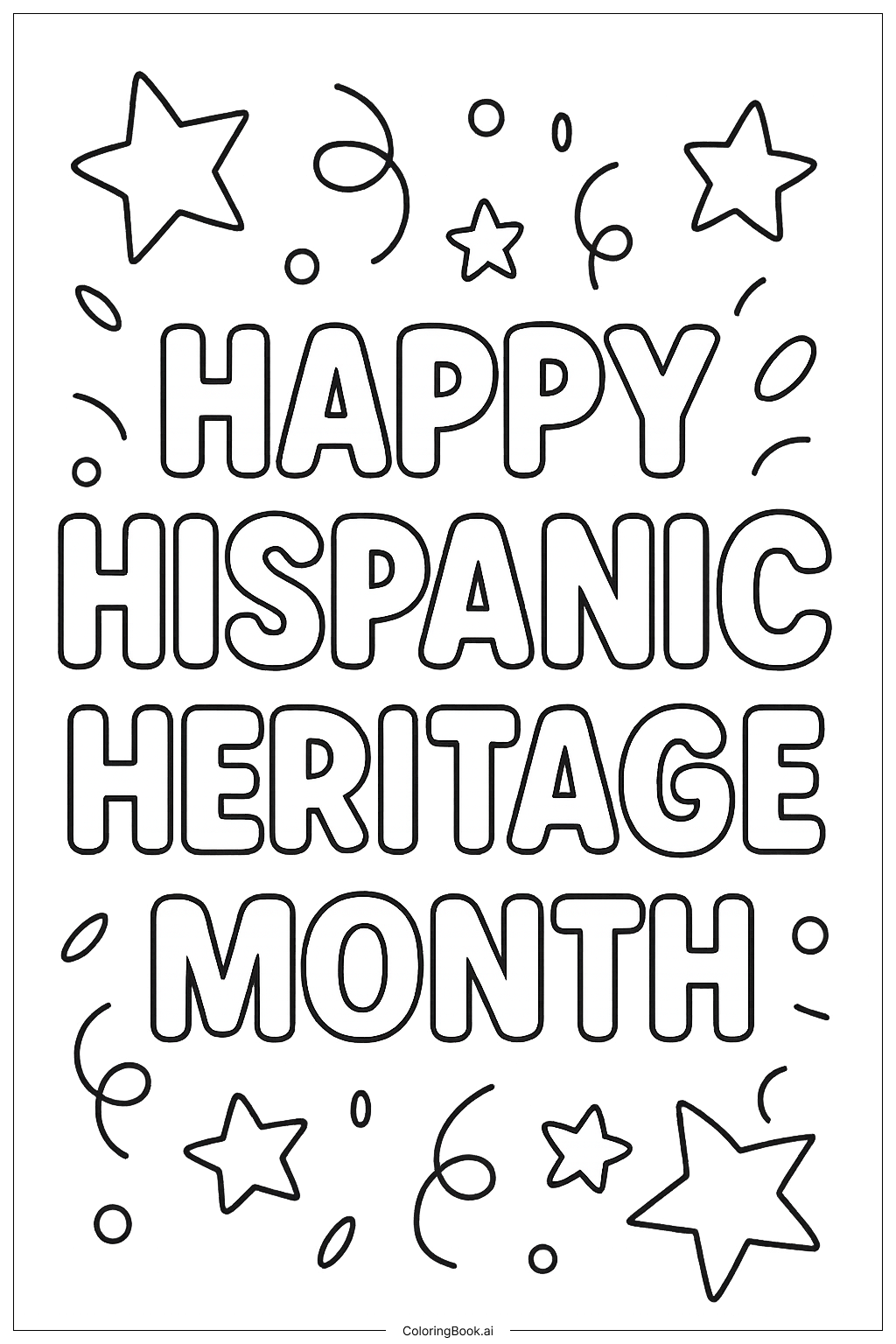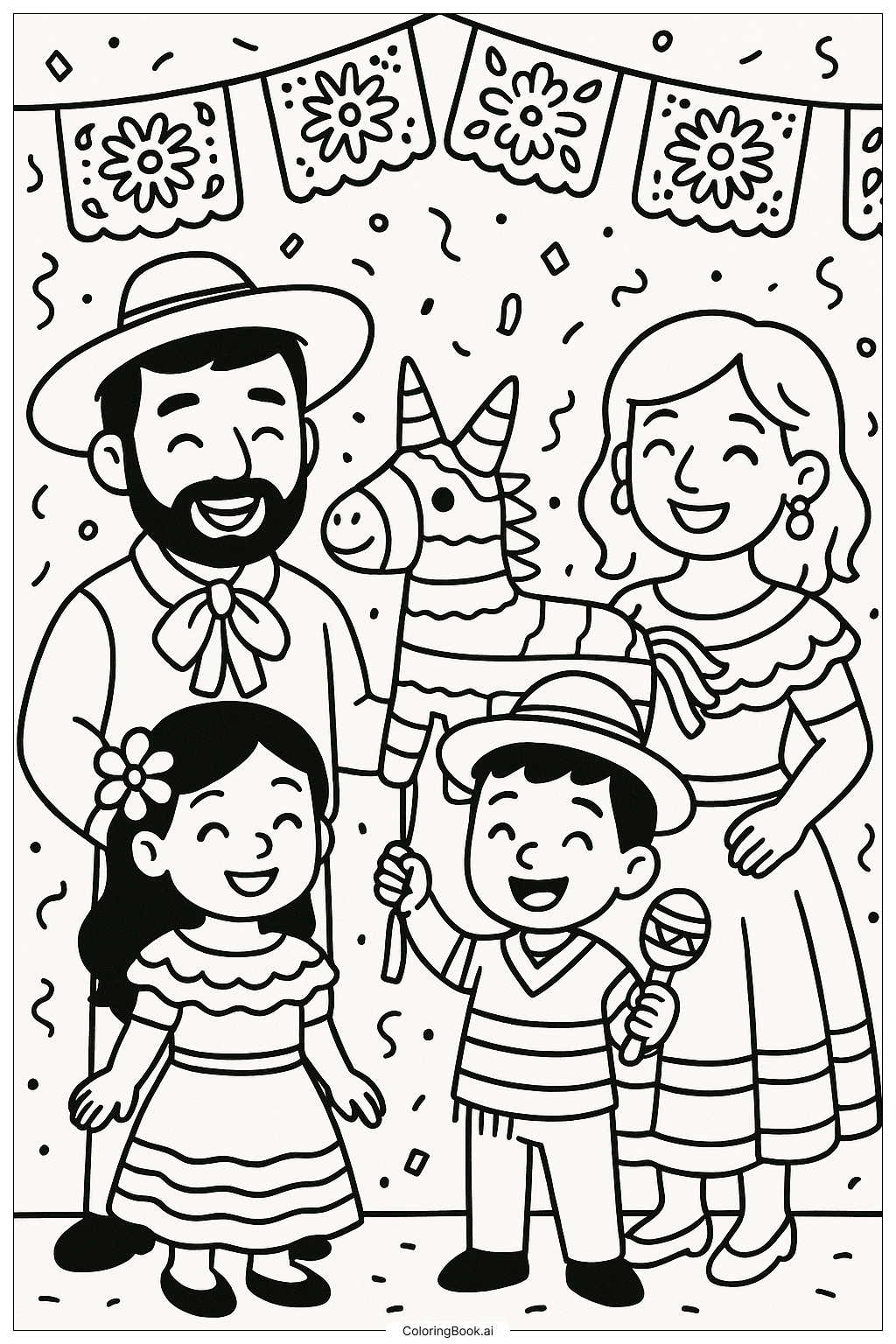Coloring tips: How to color Hispanic Heritage Month Musical Notes coloring page well?
Use bright and vibrant colors to make the musical notes stand out. You can color each note a different color like red, blue, yellow, green, or purple. Try to use warm colors to reflect the lively spirit of music. For the faces, use soft colors like light pink or peach to keep the smiles friendly. You can also add colorful backgrounds like stars or musical waves to make the scene more exciting. Avoid using too many dark colors, so the happy faces remain clear and visible. Feel free to experiment with patterns on the notes, like stripes or dots, to add more fun.
Coloring challenges: Which parts are difficult to color and need attention for Hispanic Heritage Month Musical Notes coloring page?
1. The small size of the faces may require careful coloring to stay inside the lines. 2. The shapes of the musical notes are close together, so coloring without overlapping can be tricky. 3. Deciding on different colors that look good together may be challenging for younger kids. 4. Coloring the curved lines smoothly requires some control and patience. 5. Keeping the smiling faces clear while coloring around them can be difficult and needs attention.
Benefits of coloring books: Advantages of drawing Hispanic Heritage Month Musical Notes coloring page
Coloring this image helps improve hand-eye coordination and fine motor skills because children need to color small areas carefully. It encourages creativity as kids choose colors and patterns. The musical notes with smiles can make coloring more enjoyable and boost mood. This activity also introduces children to musical symbols, connecting art with music learning. Finally, it can be a relaxing and fun way for children to express themselves while celebrating Hispanic Heritage Month.




